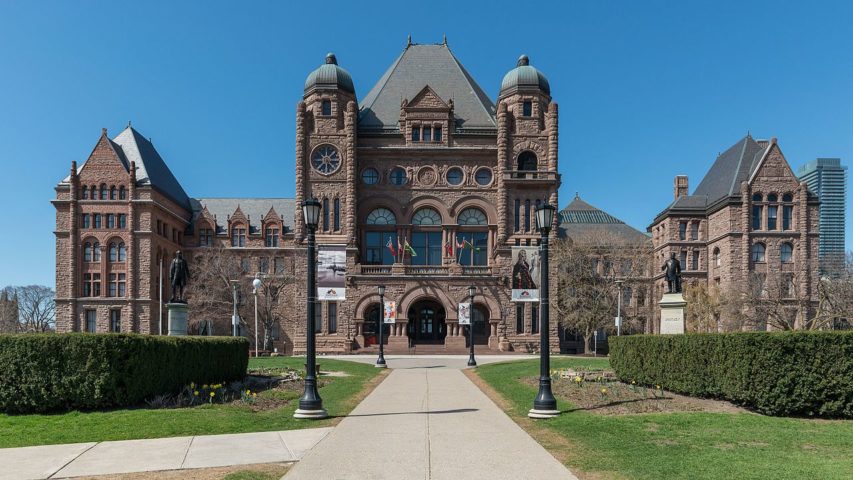Megan McArdle on the unexpected return of one of the very worst economic policies known to mankind, or as our beloved Prime Minister would insist “peoplekind”:
According to the Wall Street Journal, rent control seems to be making a retro comeback. Most forms of intelligent life could be forgiven for asking why.
Serial experimentation with this policy has repeatedly shown the same result. Initially, tenants rejoice, and rent control looks like a victory for the poor over the landlord class. But the stifling of price signals leads to problems. Rent control starts by producing some sort of redistribution, because the people with low rents at the time that controls are imposed tend to be relatively low-income.
But then incomes rise, and rents don’t. People with higher incomes have more resources to pursue access to artificially cheap real estate: friends who work for management companies, “key fees” or simply incomes that promise landlords they won’t have to worry about collecting the rent. (One of my favorite New York City stories involves an acquaintance who made $175,000 a year, and applied for a rent-controlled apartment. He asked the women taking the application if his income was going to be a problem; she looked at the application and said, “No, I think that ought to be high enough.”)
So the promise of economic justice erodes over time, as lucky insiders come to dominate rent-controlled apartments, especially because having gotten their hands on an absurdly cheap apartment, said elites are loathe to move and free up space for others.
The longer the rent-control policies remain, the more these imbalances grow. The gap between the rent that is charged, and the rent that could be charged in a competitive market, widens. Deprived of the ability to make a profit, landlords skimp on maintenance and refuse to build new housing. If you loosen the law to incentivize renovation, or new building, this only creates new forms of dysfunction: discrimination against tenants who might stay longer than a few years (limiting the ability to raise rents); a decontrolled market that has to absorb all of the excess demand created by locking up so much of the housing market in rent-controlled leases that rarely turn over; even landlords who renovate too often, the better to raise the rent. This arrangement is very good for the people who happen to have gotten their hands on a rent-controlled apartment, and very bad for everyone else, especially newcomers to the city.





